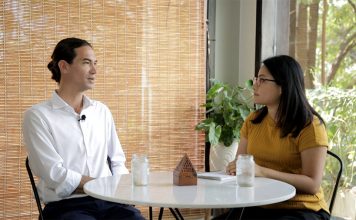Cambodia Major Industries: Agriculture, Construction, Development, Tourism & More
Cambodia has seen consistent solid economic growth since 2011, with GDP at an average of around 7 per cent each year and expected to remain so until at least 2020. These figures are very good compared to other nations in Asia.
According to the World Bank, “Cambodia’s economy has sustained an average growth rate of 8% between 1998 and 2018, making it one of the fastest-growing economies in the world.”
The four pillars supporting the Cambodian economy, or the key industries, are the export of garments and footwear, tourism, agriculture, and construction which generally experience positive growth.
Updated May 2021
Cambodia’s Biggest Industries
Read on to learn about the progress of Cambodia’s key industries, the outlook for the future, and the impact of Special Economic Zones (SEZ).








